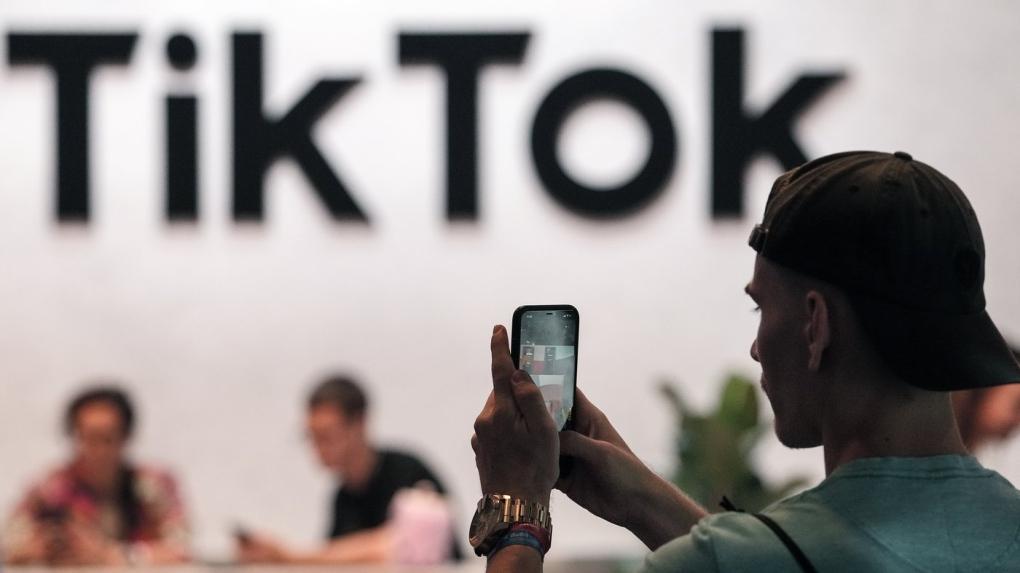Uber has said that they will not need to spend more in order to lure drivers back to the app, attempting to reassure investors after the company’s preeminent competitor, Lyft, said that they would need to invest more heavily in labor costs after an unflattering quarterly earnings report.
On Wednesday morning, Uber released its own quarterly earnings report, with results deemed significantly distinct from those of its leading competitor.





